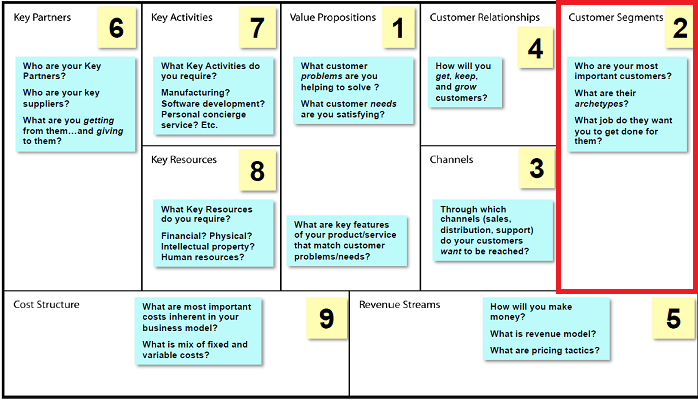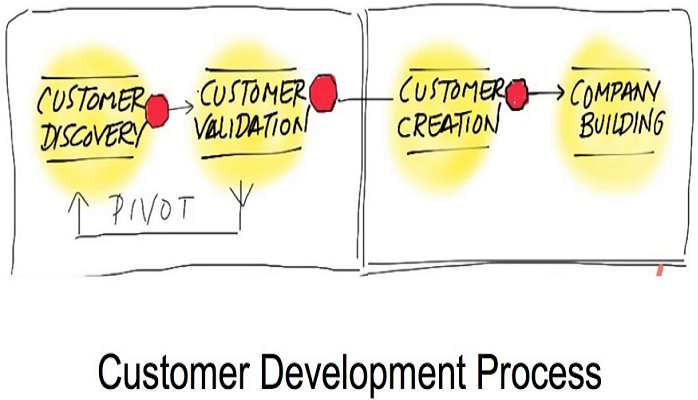
When pitching to an investor, the last thing you want to pitch is your business plan. Yes, you heard me right: the last thing you want to pitch is your business plan! Allow me to illustrate why.
I received 400 business plans in 2012, called in 40 for interviews and pitches, and only four got funded. This seems to be the normal rate of return on funding. The question I was asked was, “why?” Why can’t it be higher? Obviously, there are some plans that just don’t fit into the categories the Angel, VC, or PE groups like to fund. Other reasons could be the product or service just does not jive with the investors, there is a lack of information being presented, or too much of the wrong information is being presented.
The business plan should come after the Business Model Canvas (BMC) is completed. The BMC is the plan before the plan, so to speak. As an investor, and now a professor, I’ve learned that business plans (and I’ve written many) never make it past the second week of opening. They are too static for this fast-moving, dynamic world. The BMC is what my article is about this week, and will be a 37,000 feet view of how it works as a whole. The rest of my articles will be about each of the nine boxes within the Business Model Canvas and how to use them in a presentation to investors.
It is important to understand the art and science of how to create a business model for your company. I compare the BMC to when I was an airline pilot. Imagine you’re leaving the gate and things are moving fast; you’re cleared for takeoff and things are rapidly changing. You can change your angle of attack and power setting at 10,000 feet, and then you hit cruising altitude. This is when you sit back, relax, and enjoy the flight. This analogy can be used to describe a start-up company. In the flight deck, we have a checklist to keep us safe; in the business world, we have the Business Model Canvas to de-risk our chances of failure.
Business Model Canvas is a way to experiment and test your hypothesis for creating and capturing the value of a start-up company. This process is also used with my clients who are developing a new product or service. When done well, it is a way to experiment and reduce risk. When owners of a new start-up consciously operate with a deep understanding of how the entire business system works, they can make better decisions and gain critical customer feedback on whether or not the intended approach is working, wanted, or even needed. The Business Model Canvas is designed to teach you the key essentials for how to utilize the tools to effectively model and shape existing and future products and companies.
Only one out of every 50 pitches I hear has a clear understanding of its customer development and business model. These are start-ups that have used the BMC as their checklist to success.
The Business Model Canvas has nine sections. We will eventually discuss each in detail, but for right now, let’s look at the 37,000 feet view:
Value Proposition: What value does your product or service deliver to the customer?
Customer Segment: For whom are you creating value?
Channel: How are you getting your value proposition to your customer segment?
Customer Relations: How are you going to GET-KEEP-GROW your client base?
Revenue Stream: What are your revenue model and pricing tactics?
Key Activities: What activities does your company need to do to move forward?
Key Resources: What resources do you need to start your company?
Key Partners: Who can you join forces with to increase your distribution faster?
Cost: What are the costs of getting the company up and going in year one?
For more information about starting a company or new product development, please feel free to contact me at dmuir@muirandassociates.net.




